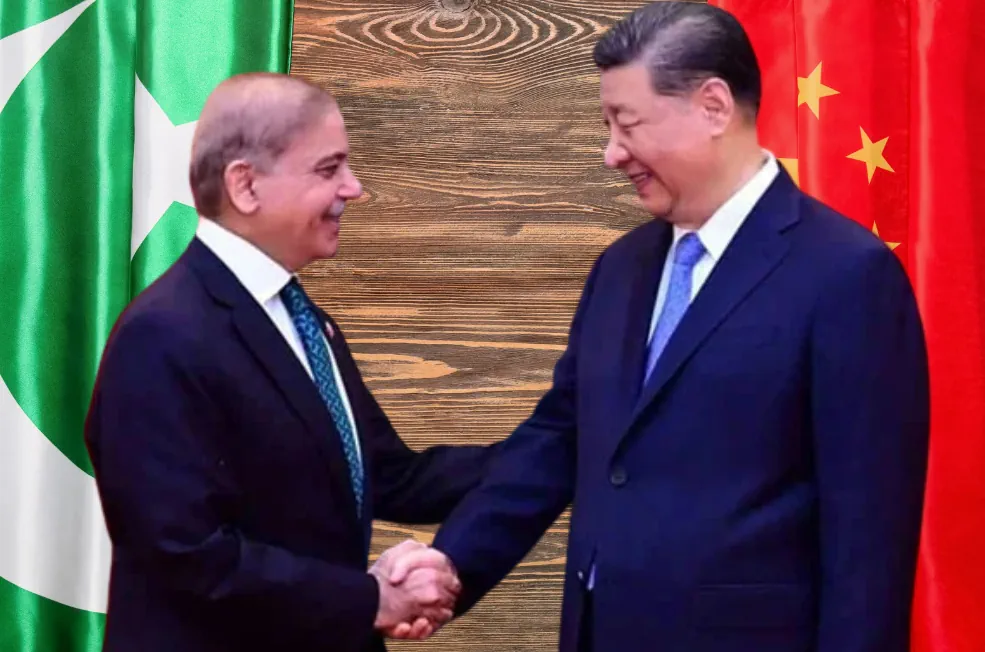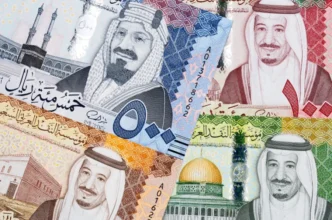China Rolls Over $3.4 Billion Loans to Pakistan

In a major boost to Pakistan’s external financing position, China has rolled over $3.4 billion in commercial loans, helping the country reach the critical foreign reserves benchmark of $14 billion set by the International Monetary Fund (IMF). The financial relief comes amid continued efforts by Islamabad to stabilize its economy under the terms of a broader reform agenda linked to the IMF’s support.
According to officials from the Ministry of Finance, the Chinese support package includes an extension on $2.1 billion deposited with the State Bank of Pakistan (SBP) for the past three years, along with the refinancing of a $1.3 billion commercial loan that Pakistan had repaid two months ago. The rollover of these loans, which had been under negotiation for several months, was finalized just days ahead of the fiscal year-end target set by the IMF.
Also Read:
“This brings our reserves in line with the IMF target,” a finance ministry source confirmed, adding that the timing of the disbursement is crucial for Pakistan’s macroeconomic framework and credit credibility.
In addition to Chinese assistance, Pakistan has secured $1 billion in commercial lending from Middle Eastern banks and another $500 million from multilateral institutions. These inflows have collectively helped the country reach the foreign reserve threshold of $14 billion as of the close of the fiscal year on June 30, 2025.
The reserve buildup is a key requirement under the IMF’s $7 billion Extended Fund Facility (EFF) and plays a critical role in Pakistan’s ongoing negotiations for a new long-term loan agreement. The country recently completed a $3 billion Stand-By Arrangement (SBA) with the IMF and is now seeking a successor program that will likely include further fiscal and structural reforms.
Chinese financial support has long been central to Pakistan’s external financing strategy. With China being Pakistan’s largest bilateral creditor, the rollover of such a substantial sum provides short-term stability and eases pressure on the rupee and import financing. Rolling over a loan involves extending its term rather than demanding immediate repayment, effectively allowing Pakistan to continue using the funds while deferring repayment obligations.
In March 2025, China had already extended a separate $2 billion loan repayment for another year, reinforcing its support for Pakistan’s economic recovery.
Despite these inflows, the challenges remain. The SBP’s weekly bulletin reported that reserves had dropped by $2.66 billion during the week ending June 20, 2025, bringing reserves down to $9.06 billion. The new injections, however, have temporarily reversed that trend.
According to official data, approximately 92% of Pakistan’s external debt is held by multilateral and bilateral lenders and through international bonds. Among bilateral creditors, China remains the largest, reflecting both its longstanding strategic partnership with Pakistan and Islamabad’s reliance on Beijing for urgent fiscal support.
Government officials say that ongoing reforms—including improved fiscal management, energy sector restructuring, and efforts to reduce the fiscal deficit—are beginning to show positive signs of economic stabilization. However, the path to recovery remains heavily contingent on sustained external support and adherence to IMF program conditions.
The current reserve position is expected to strengthen Pakistan’s negotiating stance in upcoming discussions with the IMF, as the country seeks to secure a multi-year financing arrangement to support long-term fiscal sustainability and development goals.
Read all the Breaking News Live on pakistantimes.com and Get Latest English News & Updates from Pakistan Times. Follow us on Whatsapp channel for more.








